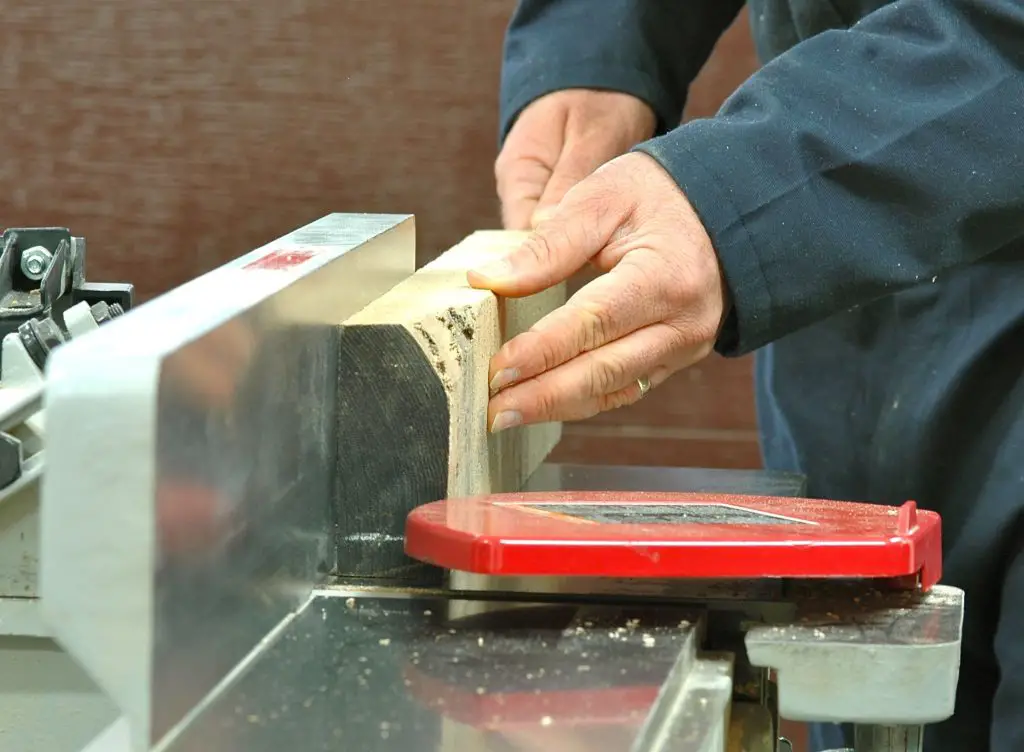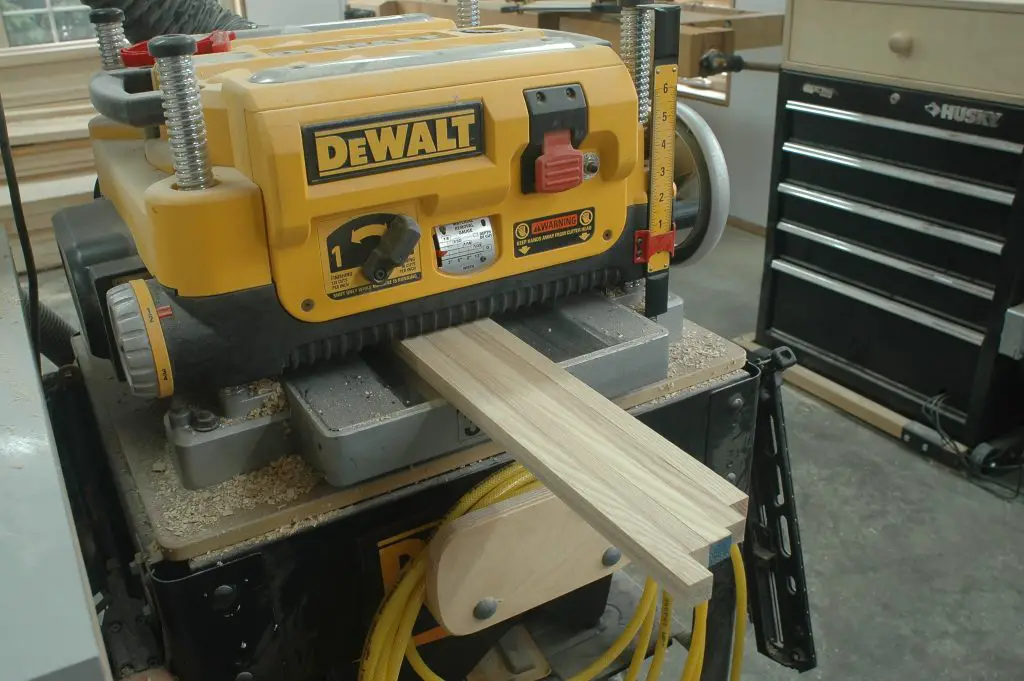QUESTION (+ video below): I’m planning to buy one of the benchtop jointers you recommended in your kitchen and bathroom cabinetmaking course, but can you also recommend a benchtop wood planer? Is this a good piece of equipment to add to a very basic shop? I don’t want to buy a wood planer if it isn’t going to help me.

ANSWER: A jointer is one thing and a wood planer (more properly called a “thickness planer”) is another. First of all, you’re wise to get a jointer first because even a little benchtop model makes a big difference. Too many home woodworkers “don’t bother” with a jointer and wonder why their projects aren’t all that crisp or accurate. As I mentioned, a wood planer is different than a jointer. The job of a jointer is to create a flat face on boards and edges that are square to that face. A stationary, floor-mounted jointer is even better than a benchtop one because it allows you to work with longer pieces of wood and (in some cases) wider pieces of lumber. One of the biggest challenges people have is getting a jointer to keep cutting properly over time. It takes some finesse, especially when it comes to changing planer blades. Click here to watch a detailed video tutorial on installing planer blades accurately without any special equipment.
As for a wood planer (aka thickness planer), I think you’ll really enjoy that. I use mine all the time when I’m working on wood projects, and not for just smoothening rough lumber. Besides making the faces of wood smooth, thickness planers also let me dial in just the right thickness of wood for a particular application. If, say, a project part looks best at some non-standard dimension such as 9/16″ thick, I can make it happen.
A very reasonably priced wood planer model is at the link here. The thing to understand about most thickness planers is that the majority are built around very similar, Chinese-made power heads. So the motor and the blades are not that different from one model to the next. The difference between most makes of wood planers has to do with the accessories and features around the planer, not anything that makes a difference as far as cut quality goes. Wood planers are unusual in the world of power tools because the heart of so many of them are similar, as I’ve learned over a couple of decades of tool testing. Although I’ve never tested the WEN model I recommend above, I think you’ll find it works well for home workshop use. The price is certainly right, too.

My favourite thickness planer is the DEWALT 13″ model. You can see mine above in my shop. This planer has been around a long time, and it’s got a built-in exhaust fan that helps clear chips better than most planers. Naturally, it’s more money than the WEN and the other econo-planers. That said, I’ve used the DEWALT heavily in my own shop for more than 10 years and it’s great. No issues and good planing results. For a few hundred dollars more than a bottom-of-the-barrel model, you’ll get an excellent wood planer.
Owning a wood planer is only the start. To keep it running well you’ll also need to maintain it. Click here for a detailed tour (including a video) of how to keep a wood planer planing well.
Don’t have the space or budget to buy and use a thickness planer? Learn to plane lumber by hand. I did it for many years this way. Watch the video below to learn how.